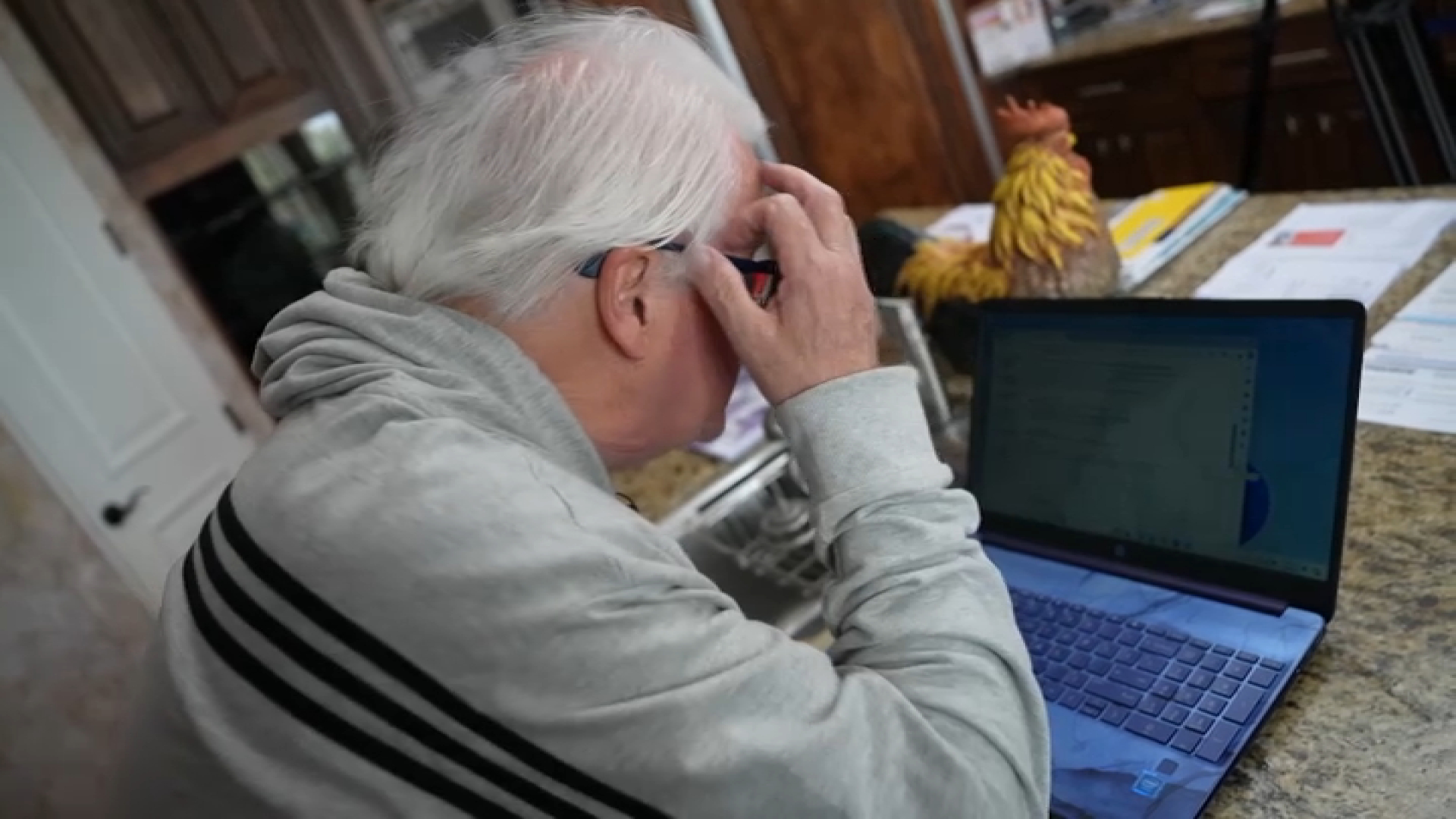Think back to all that candy you have enjoyed, especially the red ones. Some of them could have been made with a food coloring called Red Dye No. 3. While it adds vibrant color, it has potential health hazards as well, according to Consumer Reports.
Red Dye No. 3, also known as erythrosine, is a synthetic dye derived from petroleum and is used in food and drinks to give them a bright cherry-red color.
Decades ago, the Food and Drug Administration banned Red No. 3 dye from all cosmetics after studies showed it caused cancer in lab animals, yet the dye is still lurking in thousands of varieties of candies, cakes, beverages and even medicine.
So how is it possible that this coloring is banned in makeup but not from the candy that many people eat?
Get San Diego local news, weather forecasts, sports and lifestyle stories to your inbox. Sign up for NBC San Diego newsletters.
That’s why last October Consumer Reports, along with more than 20 other advocacy groups, signed a petition from the Center for Science in the Public Interest to ask the FDA to prohibit the use of Red Dye No.3 in food, dietary supplements and ingested drugs.
In addition to the potential cancer risk, some studies have raised concerns that artificial food dyes, including Red Dye No. 3, contribute to neurobehavioral problems in children, such as hyperactivity.
NBC 7 Responds
The International Association of Color Manufacturers, an industry group, told Consumer Reports that there isn’t enough evidence associating the dye with behavioral problems and maintains that it’s safe at the levels most people consume.
To limit artificial colors, read the ingredients carefully. The FDA requires manufacturers to list Red Dye No. 3 on the label.
Food-safety experts are also concerned about other artificial dyes. Studies of exposure to Red No. 40, Yellow No. 5 and Yellow No. 6 have also shown neurobehavioral effects in children.



